There are few kitchen tools as elusive as the oyster knife. Many people—even seafood lovers—don't own one. If you own one, it probably gets used so infrequently that it gets sent to the back of the shelf, where it proceeds to get lost. Then you accidentally find the knife once a month when you don't need it, but you can't for the life of you find the sneaky little thing when you do need it.
Don't Miss: How to Sharpen Kitchen Knives with Newspaper
But a hard-to-find tool shouldn't get in the way of eating one of the water's greatest treats (and aphrodisiacs!) at home. Shucking your own oysters is not only satisfying and fun, but it's usually about half as expensive as ordering them at a restaurant. Which, if you're anything like me, means you'll be saving $10 to 15!
So, what do you do if you want to experience these slippery and delicious bivalves but can't find your knife or don't have one? It's remarkably simple:
Grab a flathead screwdriver
A flathead screwdriver is constructed very similarly to an oyster knife, making it the perfect replacement — and one that almost everyone has (if you have multiple flatheads around your home, choose the shortest one for the safest grip).
Wash your screwdriver
Pretty self-explanatory. The last thing you want is steel from a screw contaminating your glorious oyster brine.
Proceed as usual
Approach the shellfish the same way you would with an oyster knife. Hold the oyster firmly with a towel, locate the valve, and stick the screwdriver head into the valve, twisting it until the oyster begins to open.
Prefer the real deal? Buy an oyster knife shucker set with cloves and cloth for just $14.99.

Keep prying the oyster, using the blade of the screwdriver to detach the meat from the shell. Then, enjoy one of the finest delicacies the ocean has to offer!
What to avoid
As tempted as you may be to appear macho, don't give up on your screwdriver and try using a traditional kitchen knife. In addition to being far more dangerous if you cut yourself, a standard knife will be damaged by the oyster's shell, and will likely puncture the meat in the process. And, once you're done using your screwdriver, please don't forget to wash it — no one wants the aroma of rotting shellfish to surprise them the next time they go to tighten the door hinge.

Oysters make for good eating
One of the best things about oysters is that you can eat them in myriad ways — raw, broiled, fried, or even stuffed in filet mignon.
More fun with knives:
Photos via Brady Klopfer/Food Hacks.








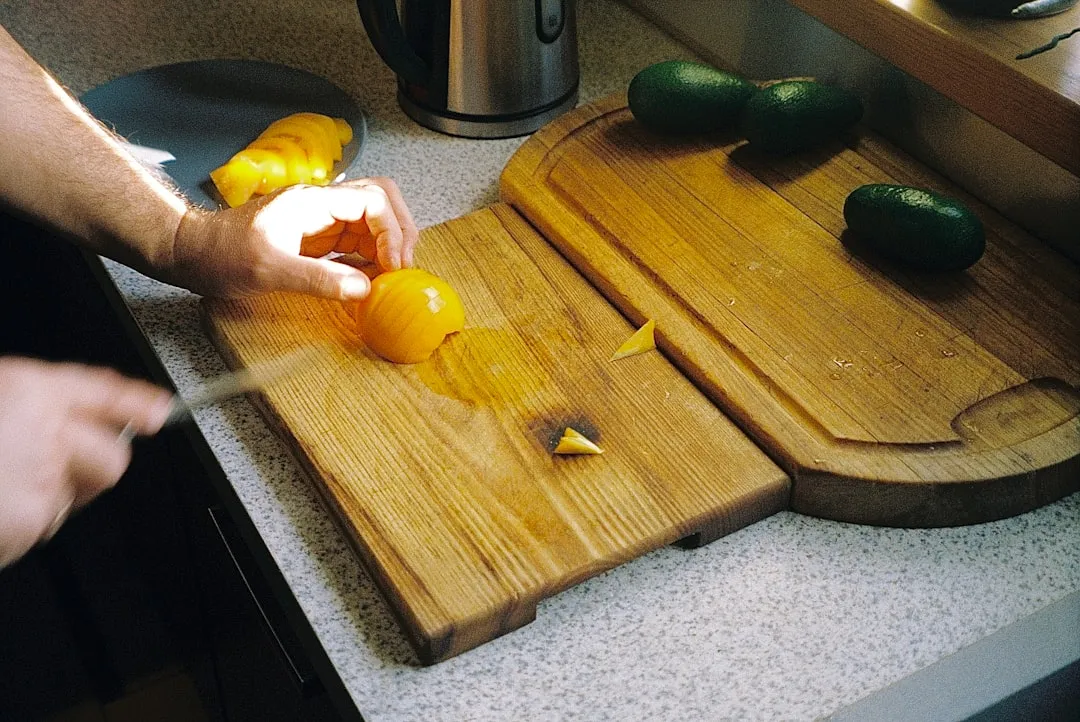

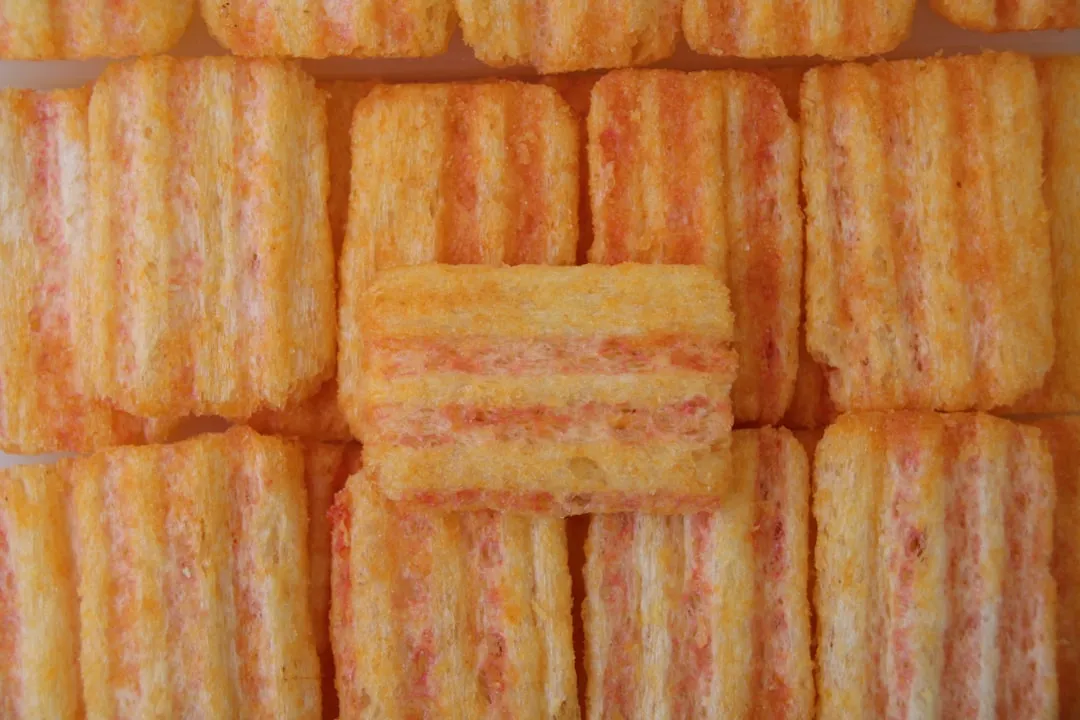
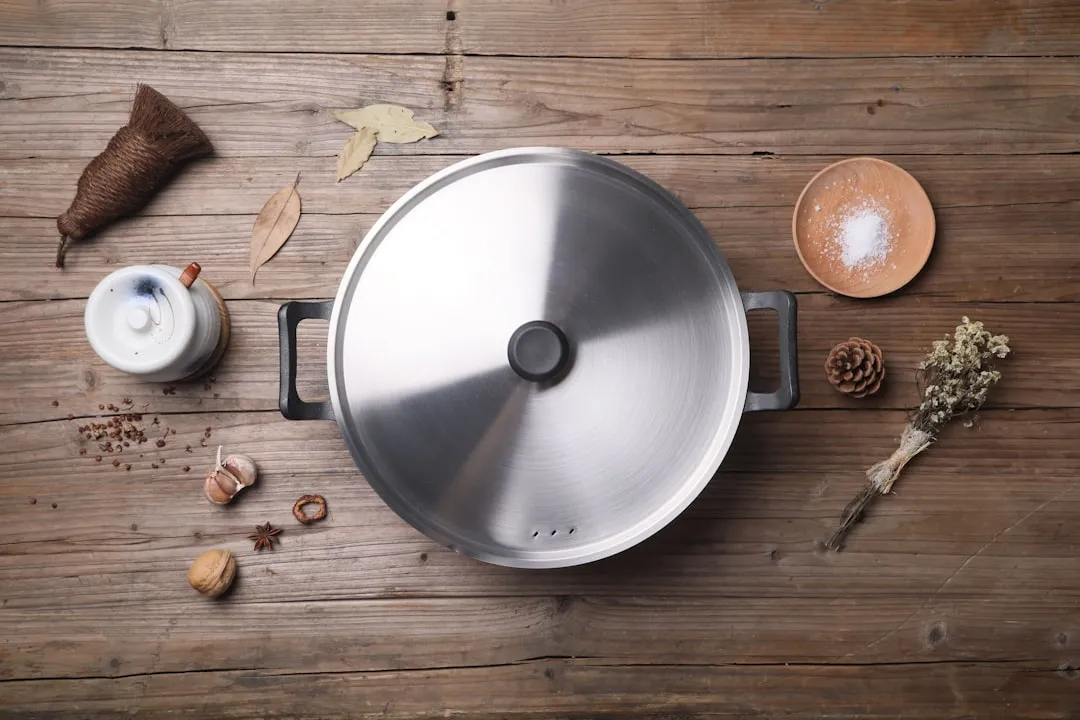







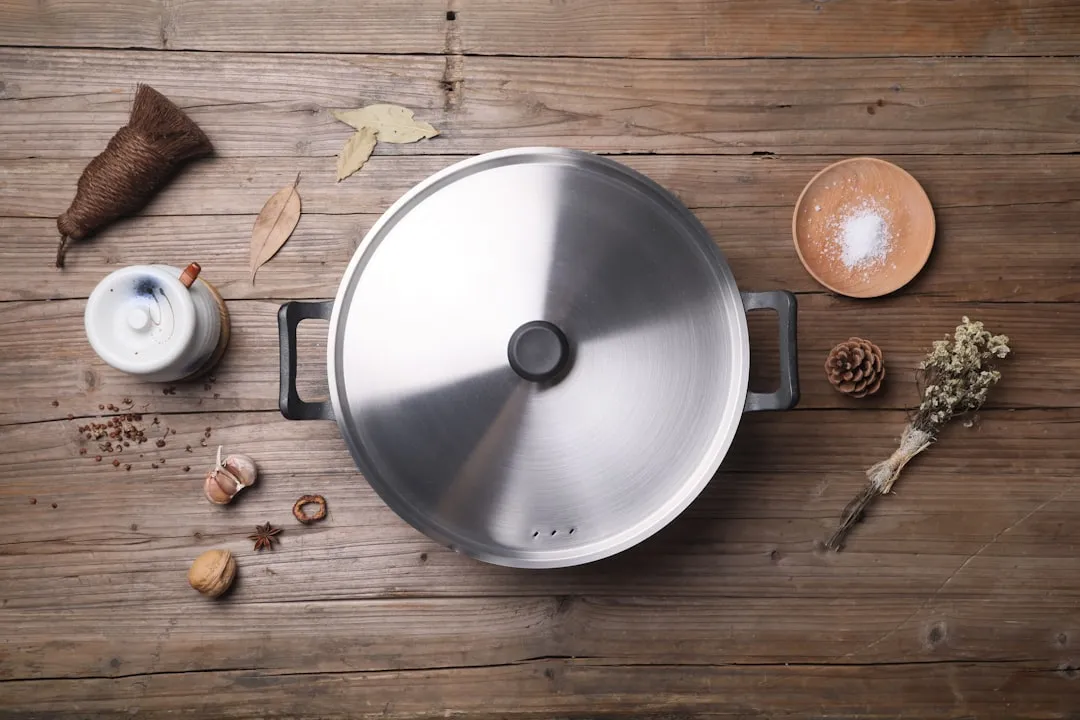
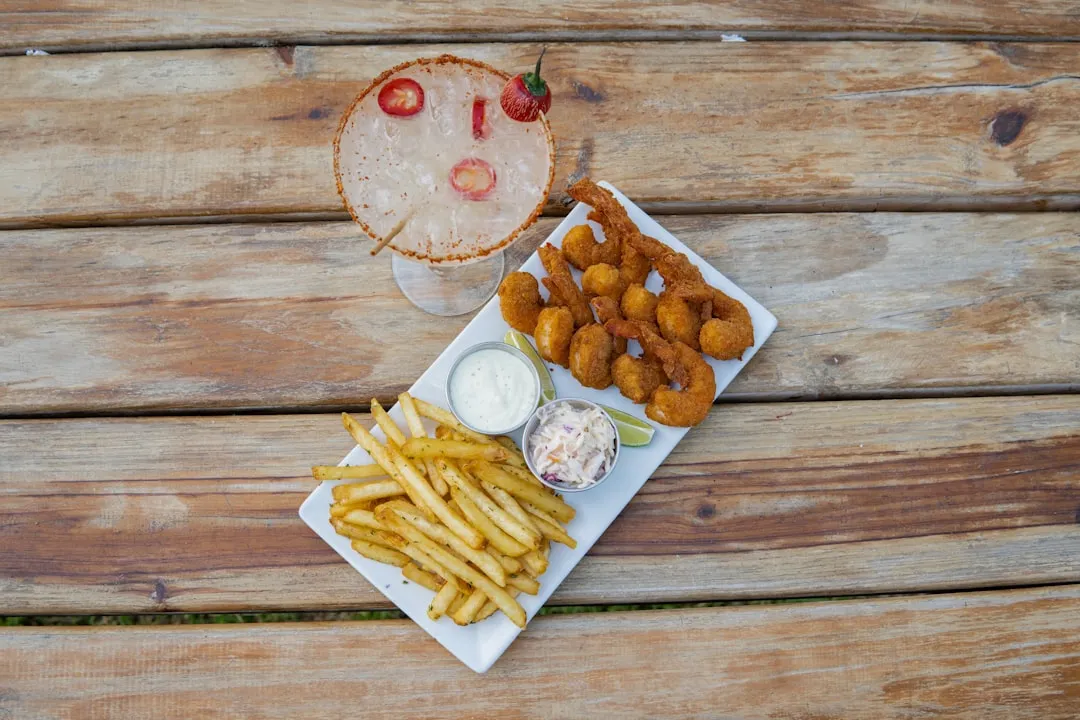


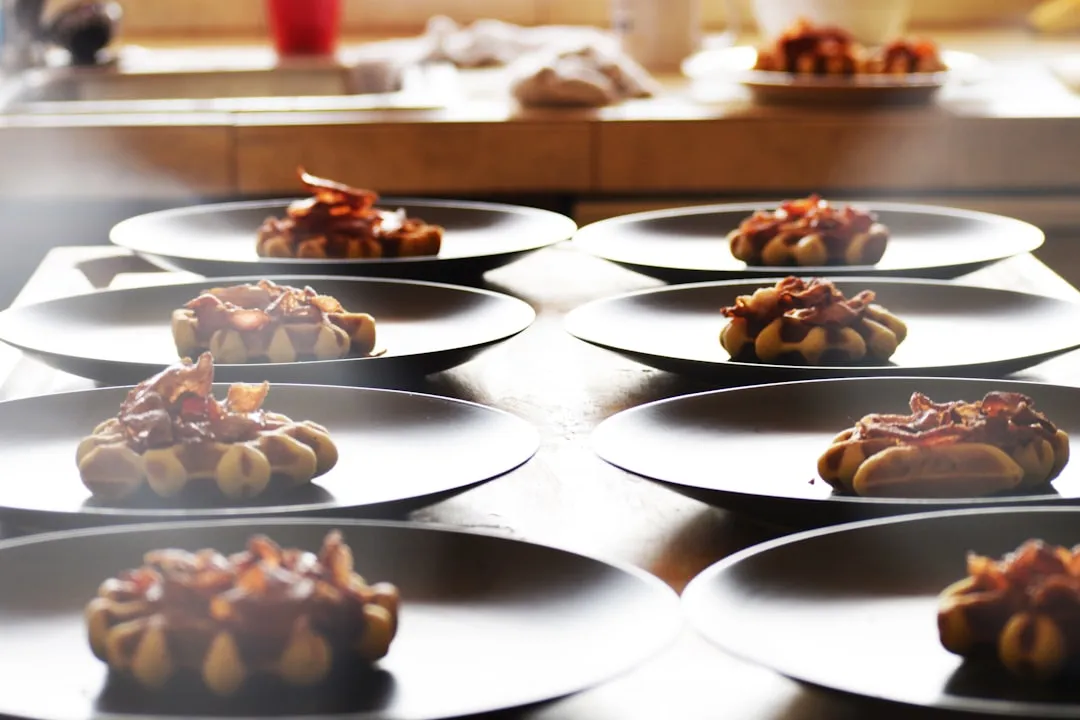
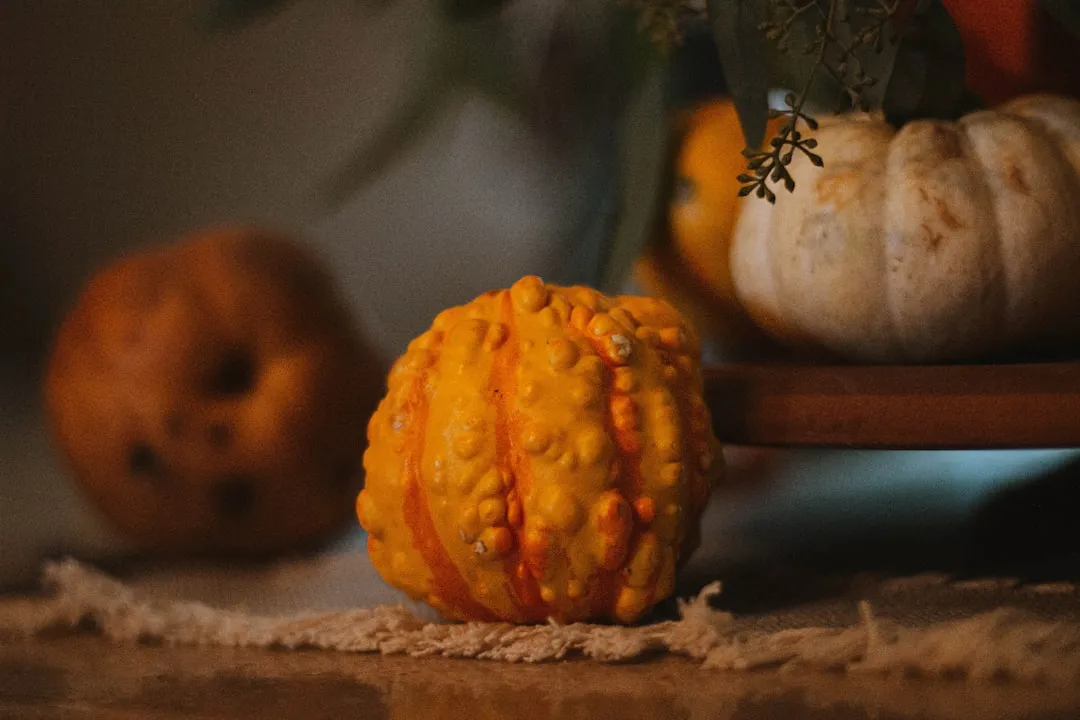
Comments
Be the first, drop a comment!